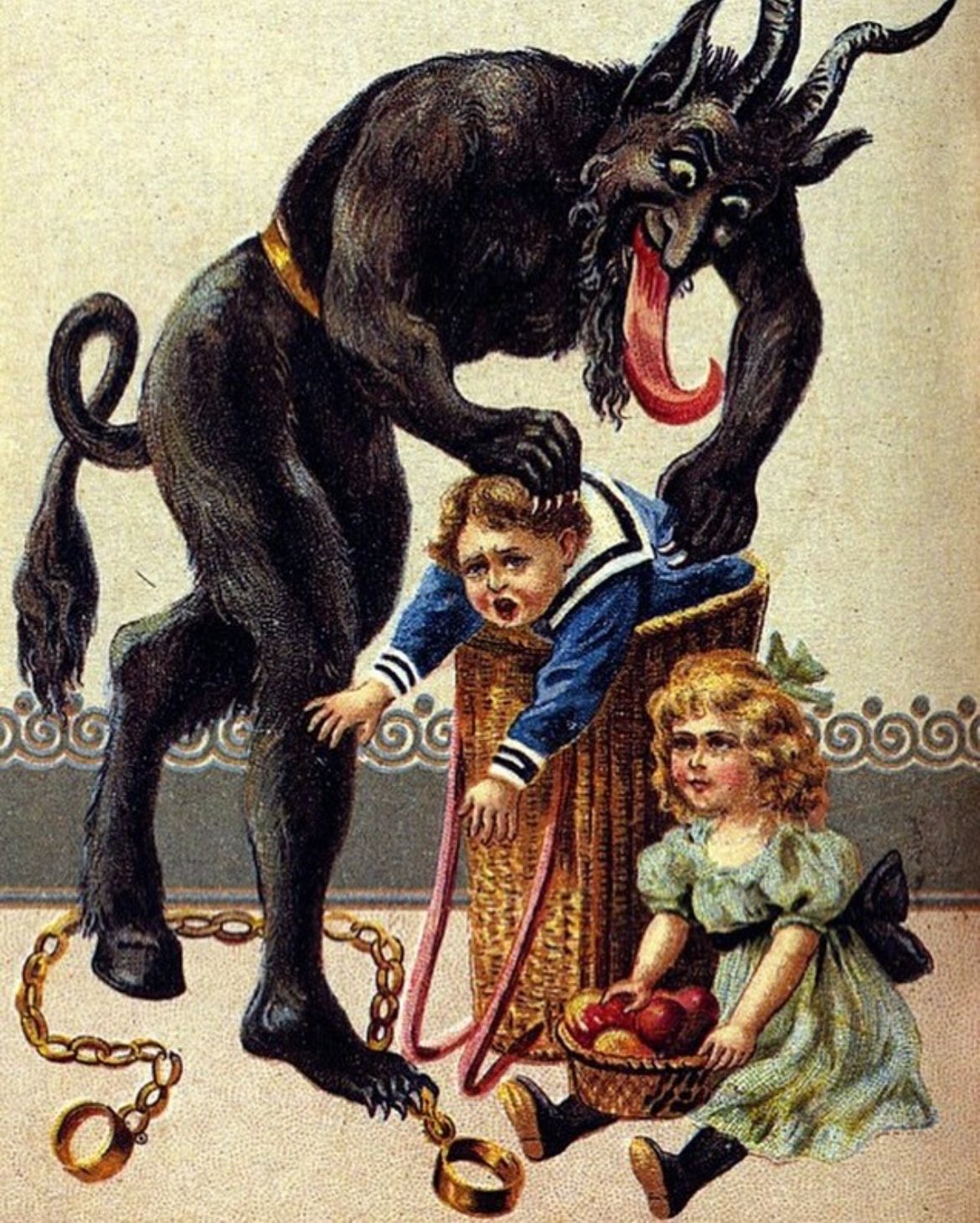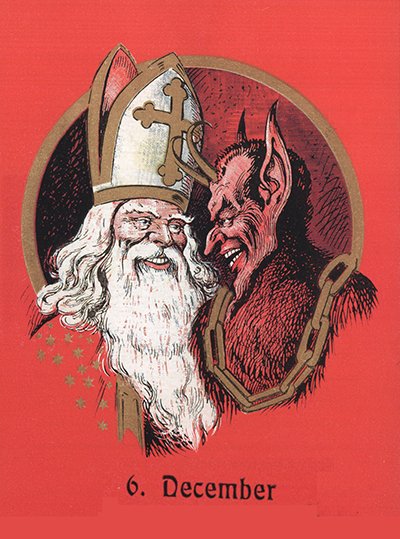- This topic is empty.
-
Topic
-
Up0
Krampus, a mythical character, is often described as an assistant to Saint Nicholas in certain Christmas traditions. Together, these figures are commonly depicted in various European customs, notably in Austria, Germany, and other Alpine regions.
According to Alpine folklore, Saint Nicholas rewards well-behaved children with modest gifts like oranges, chocolate, walnuts, and dried fruit. In contrast, Krampus takes on the role of punishing the naughty ones, wielding a birch rod or pitchfork in some renditions. In alternate versions, Krampus is portrayed carrying a sack to transport misbehavers to the underworld.
The name “Krampus” traces its origins to the German word “krampen,” meaning “claw,” and its roots can be traced back to pre-Christian pagan folklore. Despite efforts by the Catholic Church in the 12th century to prohibit Krampus celebrations due to perceived associations with devil worship, such attempts proved unsuccessful.
In contrast, Saint Nicholas, the historical figure behind modern Santa Claus, lived from 270 to 343. Hailing from the city of Myra in present-day Turkey, he navigated a tumultuous period in Roman history. As a Christian bishop, Saint Nicholas gained renown for his lavish generosity and discreet gift-giving.
One of his most celebrated acts involved delivering a sack of gold through the window of a humble home, securing the future of a poor man’s three daughters by providing dowries that spared them from potential hardship and prostitution.
________________________________________________________
Contrary to common misconceptions, Krampus is not an adversary to Santa Claus; instead, he collaborates with St. Nicholas in Eastern European folklore, often journeying from house to house together. Krampus isn’t a singular entity but a descriptor for the horned demon accompanying St. Nicholas, and there are multiple Krampuses, each capable of whisking individuals into their sacks for the night. Unlike popular belief, Krampus doesn’t make an appearance on Christmas; rather, he emerges on the night of December 5, known as Krampusnacht, the eve of St. Nicholas Day.
Turning our attention to St. Nicholas, his name of Greek origin means “victor of people.” Born in Patara in A.D. 270, he served as the Bishop of Myra, residing in seaport towns off Turkey’s southern coast, where he spent his entire life and passed away in 345. His remains found their way to another seaport town, Bari, in the heel of Italy’s boot. For 17 centuries, a pure liquid known as the Manna of St. Nicholas (or St. Nicholas Manna) has flowed from his bones, traditionally employed to bless the Christian faithful.
It’s noteworthy that St. Nicholas extends his patronage beyond children. While his generosity toward children stands out, he also serves as the patron saint of sailors, unmarried individuals, merchants, and students. Additionally, he represents fishermen, the falsely accused, and repentant thieves. On St. Nicholas Day, common treats include oranges, candy canes, and chocolate coins, symbolizing his rescue of three girls by providing their dowry in gold.
- You must be logged in to reply to this topic.


